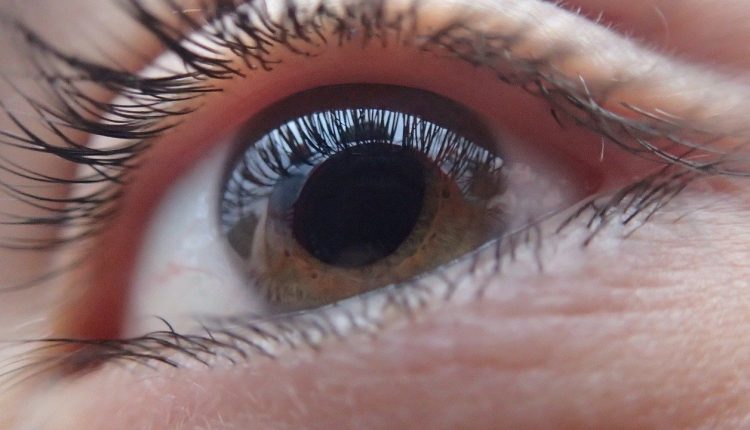
Cortical blindness: a rare neurological condition
Cortical blindness is an eye disease that results from an impairment of the visual cortex, the area of the brain responsible for receiving and processing images captured by the eyes in the form of electrical impulses, giving them meaning and allowing us what we, to all intents and purposes, call vision
If the visual cortex is damaged and cannot carry out this processing, the patient is no longer able to see the images captured by the eyes, even though the eyes have not been damaged.
Cortical blindness is an extremely rare condition usually caused by trauma or other diseases, such as tumours of the occipital area or heart attacks.
What is cortical blindness and what causes it?
Cortical blindness affects the primary visual area.
It is caused by ischemia of the occipital lobe, which is responsible for receiving and processing vision, resulting not only in impaired vision, but often also in loss of awareness of the lack of vision.
The patient, therefore, is not only no longer able to see, but is not aware that he or she is not seeing, which is why he or she responds to external stimuli that he or she continues to receive (e.g. voices) convinced that he or she is seeing, while another sense (in our example, hearing) is functioning.
At the basis of cortical blindness, as we have said, there is often an ischaemic or haemorrhagic stroke of the posterior circulation of the brain, caused in some cases by an external trauma.
Cortical blindness can also be caused by infections or the intake of toxins such as carbon monoxide. In any case, cerebrovascular disorders of the posterior circulation are among the most serious neurological manifestations and have a worse prognosis on average than cerebrovascular disorders of the anterior circulation.
Cortical blindness: how to distinguish it from hallucinations
We had a rare example of this condition in June 2022, when an African WBF championship boxer, Simiso Buthelezi, who later passed away, witnessed an impressive scene never before seen in a boxing match.
The boxer, probably due to an episode of cortical blindness, during a match started to engage in blows at a point in the ring where there was no opponent, probably responding to the referee’s voice commands and imagining that he saw an opponent in front of him who, in fact, was not there.
It has been speculated that this was a hallucinatory episode, however, those who hallucinate usually turn to look around, shifting their attention in several directions.
But this does not appear in the video of the encounter that was released.
Instead, one observes the boxer’s single-minded behaviour and linear directionality, as if he were imagining that his opponent was in front of him, even in the absence of visual confirmation.
All these elements point to an episode of cortical blindness.
Read Also:
Emergency Live Even More…Live: Download The New Free App Of Your Newspaper For IOS And Android
Colour Changes In The Urine: When To Consult A Doctor
The Colour Of Pee: What Does Urine Tell Us About Our Health?
Summer And High Temperatures: Dehydration In Paramedics And First Responders
First Aid For Dehydration: Knowing How To Respond To A Situation Not Necessarily Related To The Heat
Hydration: Also Essential For The Eyes
What Is Aberrometry? Discovering The Aberrations Of The Eye
Red Eyes: What Can Be The Causes Of Conjunctival Hyperemia?
Ectopia Lentis: When The Lens Of The Eye Shifts


